Place where I'm putting all of my "research" for my senior showcase
Don't wanna be here? Send us removal request.
Text
STACY JANE GROVER
“Tar Hollow Trans”
Current read through and quotes I feel would help to shape my vision for this project.


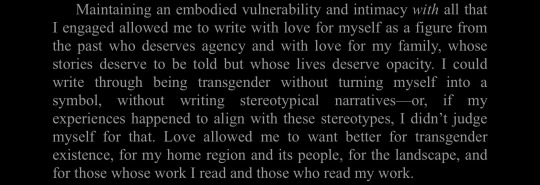



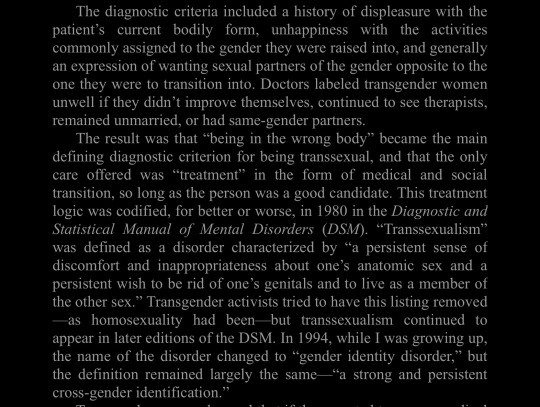
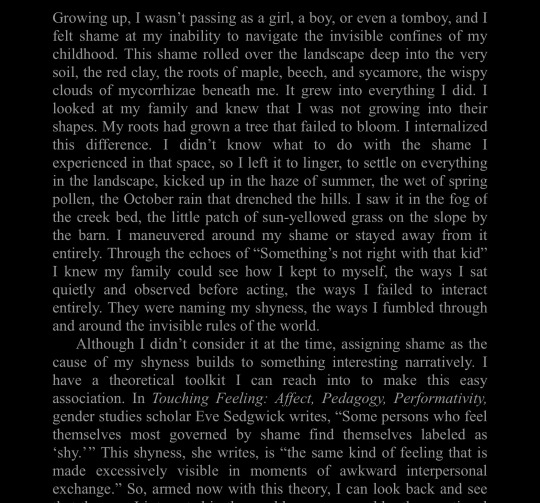
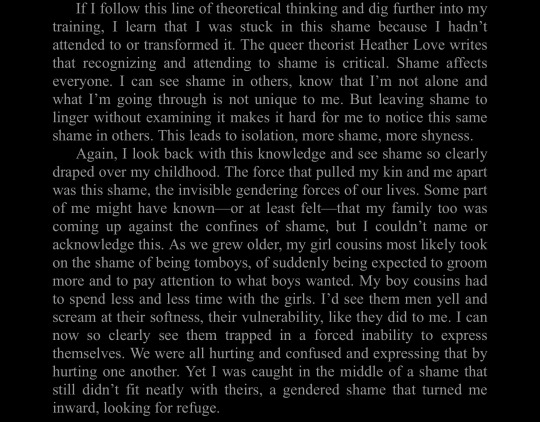
0 notes
Text
Caravaggio

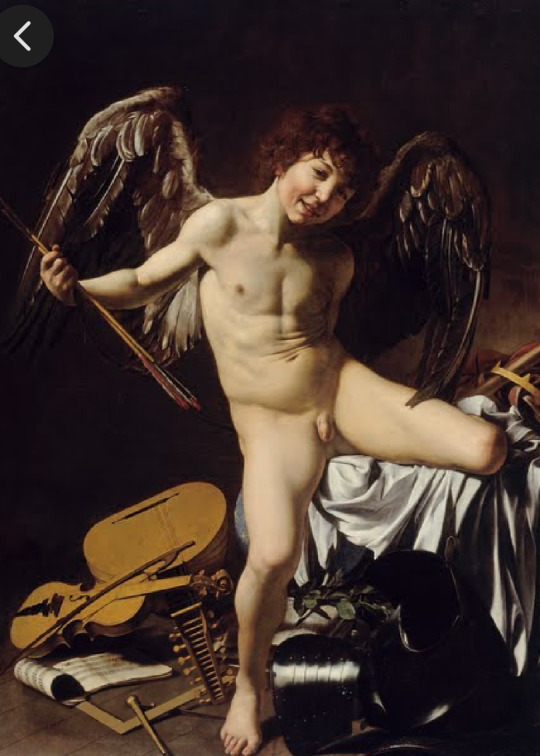

0 notes
Text
colleen barry








0 notes
Text
Hillary butterworth
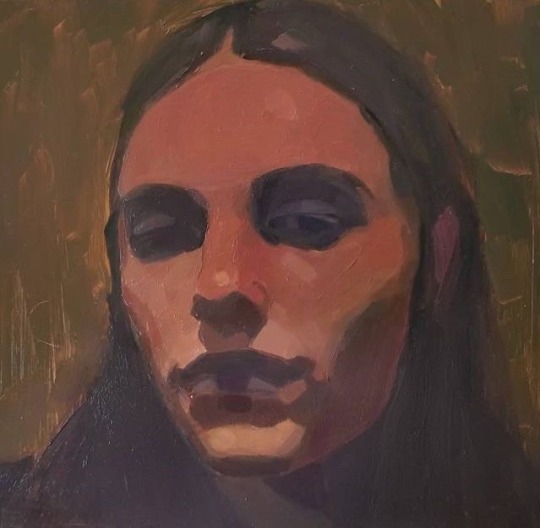





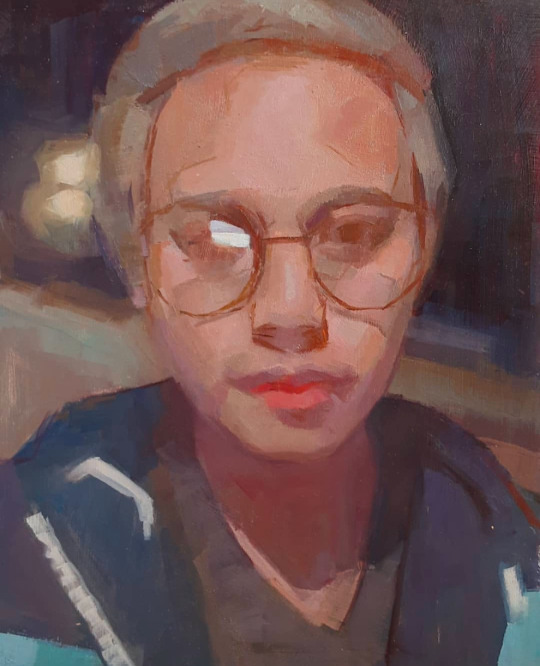
0 notes
Text
Round glasses vs rectangle glasses
0 notes
Text
alisher kushakov

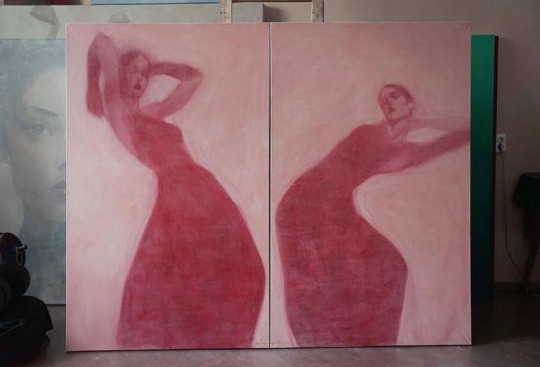
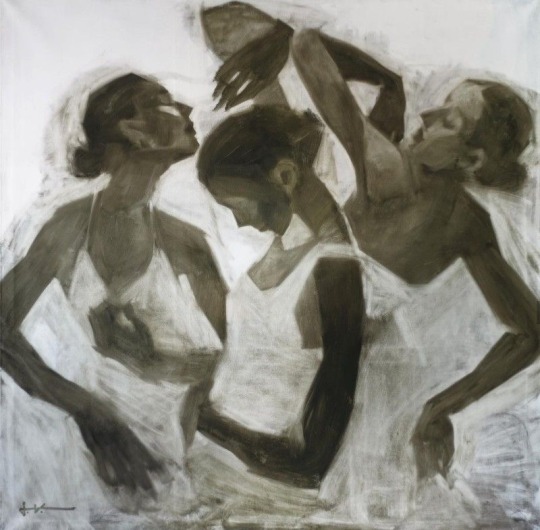







2 notes
·
View notes
Text

"Self Portrait with Fried Eggs 1996 (P78447), Lucas appears in the macho pose she has claimed as her own. Clad in old jeans and heavy footwear, she sits with her legs wide apart and her feet planted firmly on the ground. Androgynous t-shirts and leather jackets feature in many of the images."

0 notes
Text
Lorna Simpson
Guarded Conditions, 1989

Lorna Simpson makes conceptual photographs and collages that explore issues of representation, identity, and history as they relate to the African American female experience. She combines original, found, or archival images with snippets of text, washes of paint, and collaged elements. Simpson often works in series and with gridded formats as she simultaneously generates meaning and mystery; she often shows her subjects from behind or obscured, which further rejects simple narrative resolutions. Simpson has been the subject of solo shows at the Museum of Modern Art, the Brooklyn Museum, the Museum of Contemporary Art Chicago, and the BALTIC Centre for Contemporary Art, among other institutions. She featured at the Venice Biennale in 1990 and 2015, at Documenta in 1987 and 2002, and at the Whitney Biennial in 1993, 1995, and 2002. On the secondary market, Simpson’s work has sold for up to six figures. Her practice has also encompassed film.
1 note
·
View note
Text
Artists statement by Zanele Muholi
(The correlation that this statement has with my personal project isnt incredibly strong, since my take will not involve commentary on race.. but I enjoyed an explanation from this perspective)
2012 - 2020 Zanele Muholi Somnyama Ngonyama
With the series Somnyama Ngonyama, I have decided to turn the camera on myself. In contrast to my life-long project of documenting members of my black LGBTI community in South Africa and beyond, one in which I normally have the privilege of witnessing participants’ presentation of themselves according to their own self-image, with this new work I have created portraits in which I am both participant and image-maker. Somnyama Ngonyama (meaning ‘Hail, the Dark Lioness’) is an unflinchingly personal approach I have taken as a visual activist to confronting the politics of race and pigment in the photographic archive. It is a statement of self-presentation through portraiture. The entire series also relates to the concept of MaID (‘My Identity’) or, read differently, ‘maid’, the quotidian and demeaning name given to all subservient black women in South Africa. Experimenting with different characters and archetypes, I have portrayed myself in highly stylised fashion using the performative and expressive language of theatre. The black face and its details become the focal point, forcing the viewer to question their desire to gaze at images of my black figure. The visual variety depicted in the series references the histories of black and white fashion photography and of black and white portraiture. Each and every photo captured in this series is a commentary on a specific event in South Africa’s political history, from the advent of the mining industry, to the fame or infamy of the ‘Black Madonna’, to the recent massacre of miners at Marikana; from family to society and back again. By exaggerating the darkness of my skin tone, I’m reclaiming my blackness, which I feel is continuously performed by the privileged other. My reality is that I do not mimic being black; it is my skin, and the experience of being black is deeply entrenched in me. Just like our ancestors, we live as black people 365 days a year, and we should speak without fear. As Audre Lorde so eloquently put it in her poem, ‘A Litany for Survival’:
and when we speak we are afraid our words will not be heard nor welcomed but when we are silent we are still afraid So it is better to speak remembering we were never meant to survive — Audre Lorde, The Black Unicorn: Poems
One of the realities that I face as a South African visual activist is being forced to make a living outside this country. For a project to be well executed I have to live on the road where most of the work in this series was produced – dashing from New York to Florence to Nottingham, then to Oslo and Liverpool, back home for a week in Johannesburg, and then off to Ann Arbor, Detroit and New York – as was the case over the past three months. This shuttling around sometimes make me feel disoriented, disconnected and almost homeless. The culturally dominant images of black women start to infiltrate my soul and function as a constant reminder that such images still inform how black women are perceived here and now. One way that I deal with this exoticised self/other is to exorcise those images through my photography. These self-portraits have been captured in different continents: America, Africa and Europe; in the cities of Amsterdam, Charlottesville, Oslo, Umbria, Syracuse, New York, Malmo, Gothenburg, Johannesburg, Paris, Durban, London, Mayotte, Florence and Gaborone. My aim is to mark memories and connections I made with those places and through my interactions with people there. I created materials and used found objects that expressed my moods. All the materials utilised in the portraits have their own primary functions. I focused on senses such as hands touching and eyes penetrating (unsettling eye contact) while producing the work. In Somnyama Ngonyama, I have embarked on a discomforting self-defining journey, rethinking the culture of the selfie, self-representation and self-expression. I have investigated how photographers can question and deal with the body as material or mix it with objects to further aestheticise black personhood. My abiding concern is, can photographers look at themselves and question who they are in society and the position/s that they hold, and maintain these roles thereafter?
0 notes
Text
Shape and Silhouette in comparison to identity.
silhouettes in hair, with age, face shape, body type
0 notes
Text
"How the physical appearance of a person can shape your perception of their character".
Framing and composition for this project would focus on how someone would view a person
The project would all be from an outsiders perspective
Themes of Voyeurism... which I feel would be perfect under a painting medium
0 notes
Text
Series of self portraits where changes are only physical. Like eyebrows, hair, eyes, face shape... title would ideally be a statement that viewers would be challenged to consider based on each of the appearances of the self portraits and how they would form opinions of this statement based only on each self portrait.
0 notes
Text
Not too sure about this as a reference yet.. but this is interesting
" Advertising, fashion, taboo, multi-national brands—Wise looks to the consumptive habits built around these structures with parody and derision, underlying how the body is framed and becomes excessive in its manipulation of these sites. "
0 notes
Text



cindy sherman: untitled film still #10, #11 and #12, photographed in 1978
278 notes
·
View notes
Text
Would Like to Read
0 notes
Text
1 note
·
View note